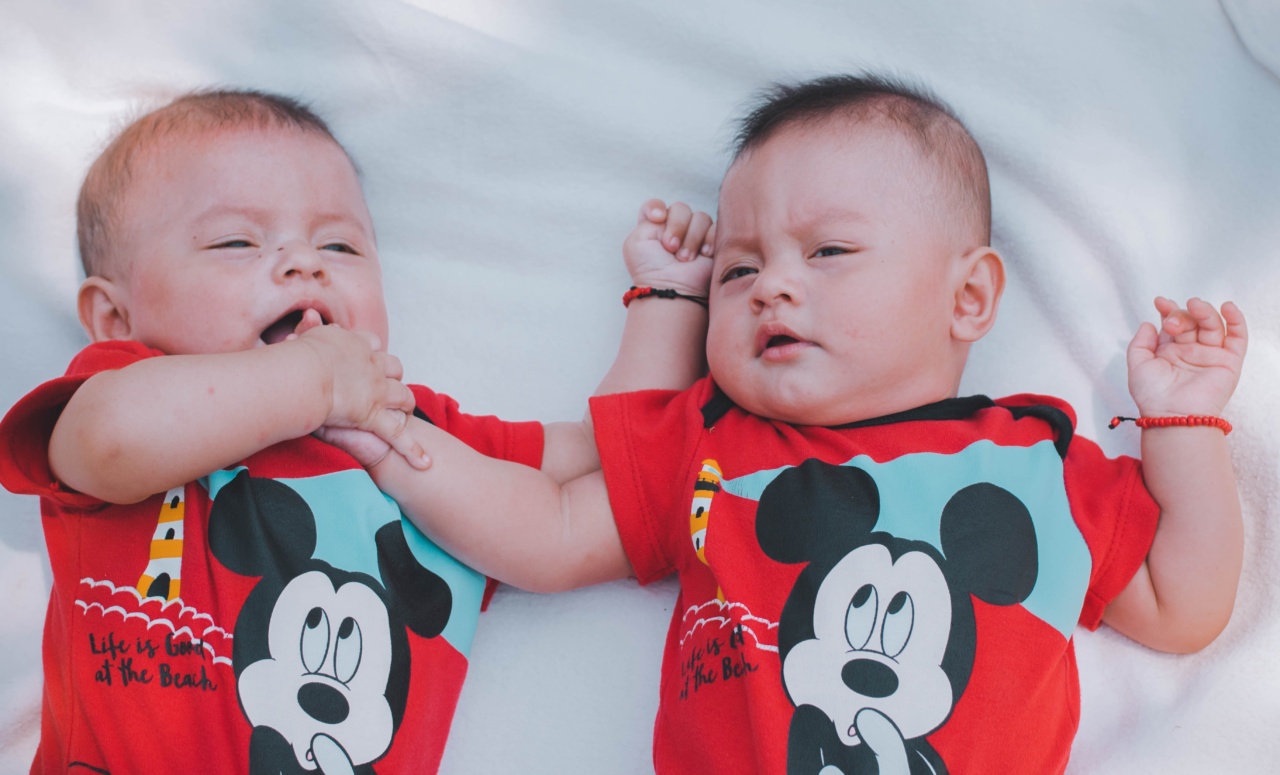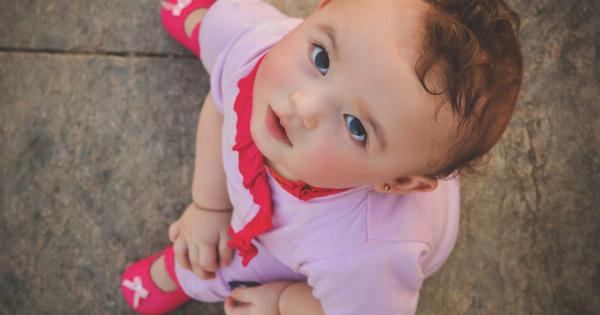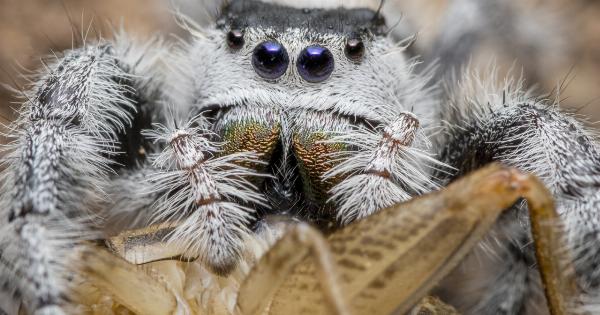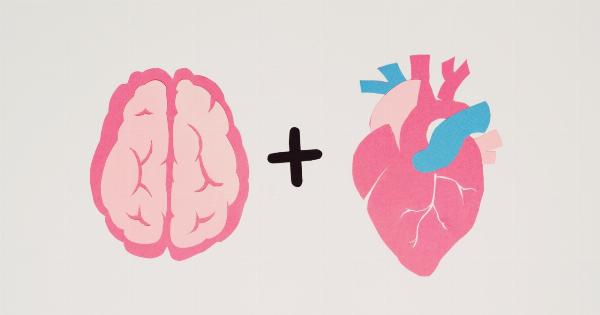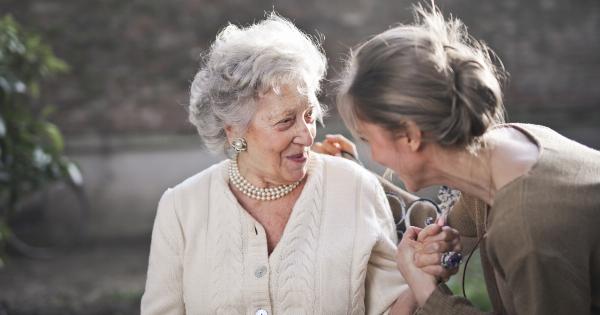From the moment they are born, babies are capable of recognizing and responding to facial expressions. Their ability to understand and interpret these expressions develops gradually over time, starting from as early as a few weeks old.
Week 1: Recognizing primary facial expressions
Even in their first week of life, babies show a preference for looking at faces over other visual stimuli. They are drawn to the human face and are particularly captivated by the eyes.
Research suggests that babies as young as one week old can differentiate between different facial expressions, such as a smiling face versus a sad face.
Month 1: Reflexive smiles
During the first month, babies start to display reflexive smiles. These smiles are not necessarily in response to an external stimulus or emotions but are rather spontaneous and involuntary.
Nonetheless, they indicate the beginning of a baby’s interest in social interaction and connection.
Months 2-3: Social smiles and mirroring expressions
As babies approach the second and third month of life, their smiles become more social and intentional. They begin to smile in response to face-to-face interactions with familiar caregivers or other individuals.
This milestone signifies their growing ability to recognize and respond to facial expressions.
In addition to social smiling, babies also start to mirror the facial expressions of others. When caregivers make happy or sad faces, babies often imitate these expressions.
This mirroring behavior demonstrates their capacity to understand and mimic basic emotions.
Months 4-6: Emotional understanding
Between the fourth and sixth months, babies’ understanding of facial expressions becomes more sophisticated. They become more attuned to the emotional cues conveyed through different facial expressions.
Babies start to differentiate between a range of emotions, such as happiness, sadness, surprise, and anger.
During this stage, infants become more adept at recognizing familiar faces and distinguishing between different individuals. They show preference for familiar faces over strangers and can often distinguish between the faces of their primary caregivers.
Months 7-9: Emotional reciprocity
As babies enter their seventh to the ninth month, they begin to develop emotional reciprocity. They not only recognize and understand facial expressions but also learn to modify their own expressions to match or elicit similar emotions in others.
This reciprocal exchange of emotions is an essential aspect of social interaction and bonding.
Months 10-12: Understanding complex emotions
By the end of the first year, babies’ ability to comprehend facial expressions becomes more sophisticated. They can recognize and respond to complex emotions, such as disgust, fear, and even subtle cues like skepticism or judgment.
Babies also become increasingly skilled at interpreting non-verbal cues, body language, and tone of voice, enhancing their overall understanding of emotions.
Factors influencing the understanding of facial expressions
While babies generally follow a similar developmental sequence in their understanding of facial expressions, individual differences can exist. Various factors can influence the rate of development, including:.
1. Genetic factors
Some studies suggest that genetics play a role in the development of emotional understanding and response to facial expressions. Certain genetic variations may influence how quickly or accurately a baby recognizes and interprets emotions.
2. Caregiver interactions
Responsive and emotionally attuned interactions with caregivers play a crucial role in a baby’s emotional development.
Babies who receive consistent and sensitive responses are more likely to develop a robust understanding of facial expressions and emotions.
3. Cultural influences
Cultural context can also shape how babies perceive and interpret facial expressions. Different cultures may prioritize and emphasize certain emotions, leading to variations in how babies understand and respond to facial cues.
4. Exposure to diverse facial expressions
Babies who are exposed to a range of facial expressions from different individuals may have a broader understanding of emotions. Interactions with a diverse group of people can help babies develop a more comprehensive emotional repertoire.
Conclusion
Even from their earliest days, babies possess a remarkable ability to recognize and respond to facial expressions. From distinguishing between primary emotions to decoding complex emotions, their understanding develops and deepens over time.
Factors such as genetics, caregiver interactions, cultural influences, and exposure to diverse facial expressions can all impact the rate and extent of a baby’s emotional understanding.
